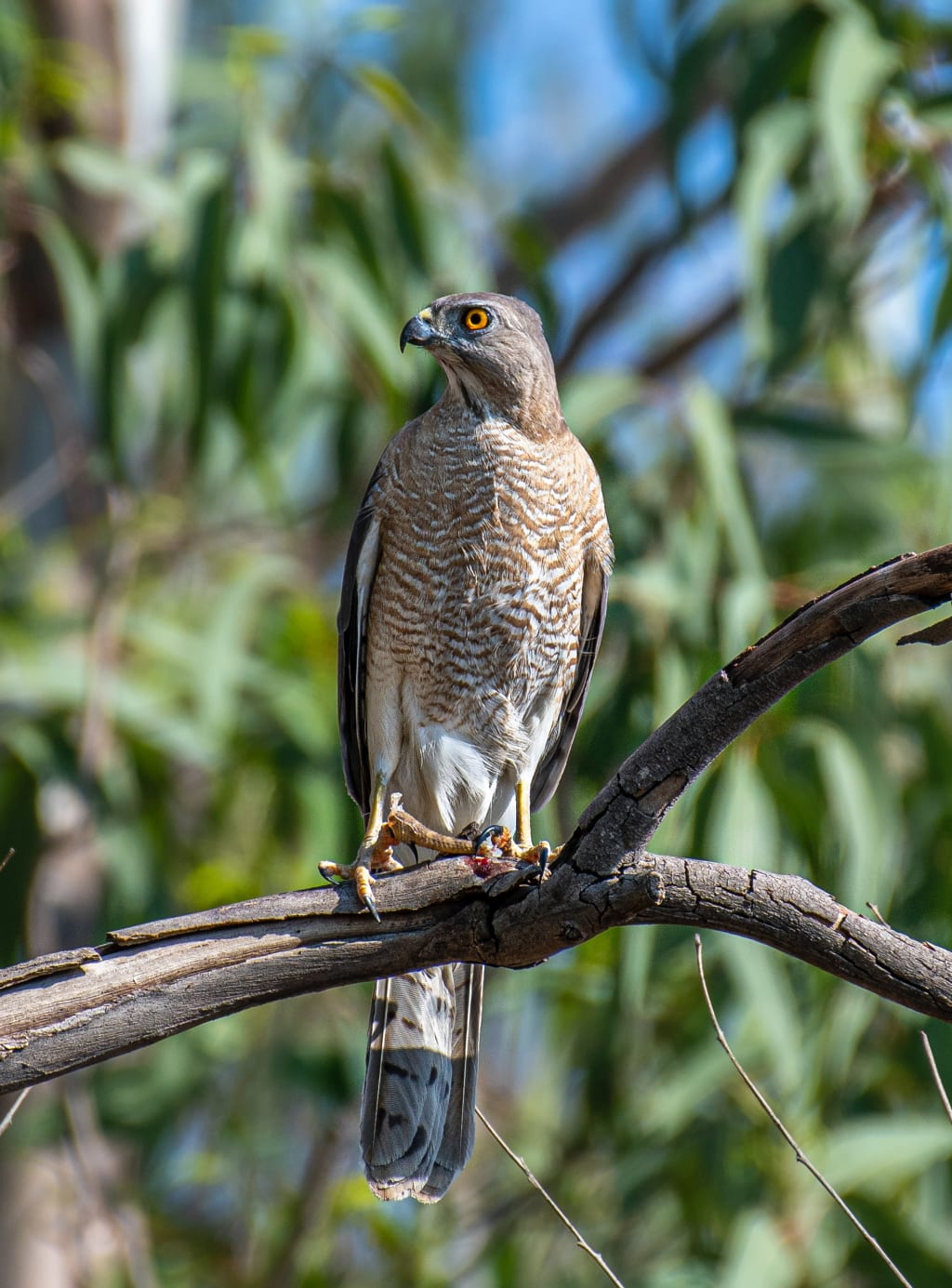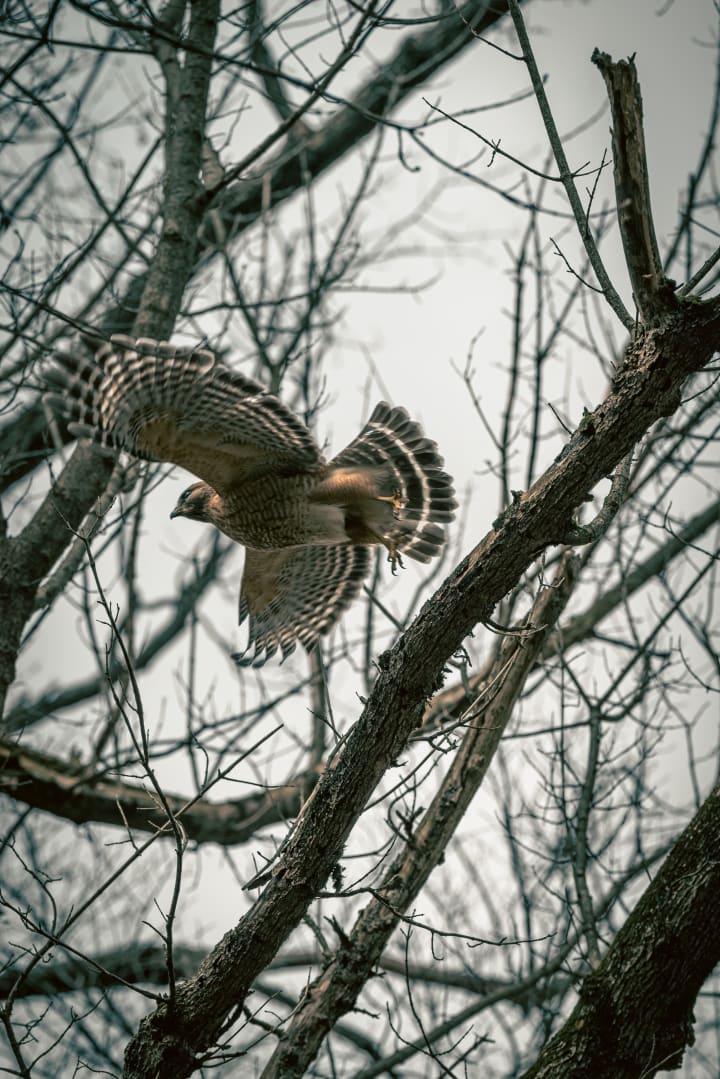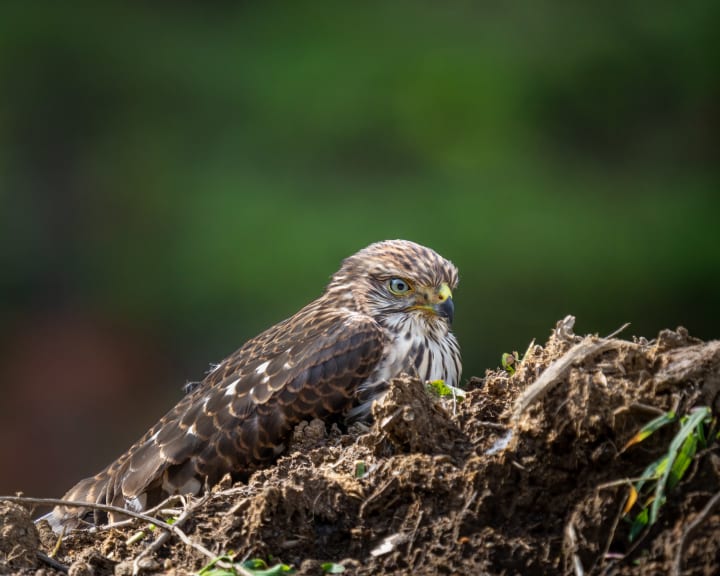Birds of Prey: The Fascinating Hunters of the Skies
Exploring the Unique Adaptations and Hunting Techniques of Birds of Prey

Introduction
In a forest somewhere in Central Europe, there resides a shy and elusive creature that has captivated the attention of many. Known to be a proficient hunter and a symbol of strength, speed, and beauty, the northern goshawk stands out among other bird species. However, what is the actual role of the goshawk in the larger picture within nature? What makes Birds of Prey such unique and fascinating hunters of the skies? This article delves into the remarkable adaptations, hunting techniques, and sensory abilities of Birds of Prey, shedding light on their significance and the challenges they face in today's world.
The Masters of the Skies
Birds of Prey, with their remarkable hunting skills, have conquered every habitat on Earth. From hot, dry regions to cool, damp river valleys, from coastal areas to mountain peaks, these predators have established their dominance. Some Birds of Prey, like the goshawk, have even mastered the art of hunting in dense forests. To navigate through tight spaces and swiftly maneuver between densely set trees and thick undergrowth, the goshawk relies on its relatively small wingspan, long tail, and agile flight. These adaptations enable it to reach tremendous speeds during surprise attacks and effortlessly avoid obstacles, making it an extremely fast and agile hunter.

The Secrets to Success: Adaptations and Skills
The goshawk possesses a range of adaptations and skills that contribute to its hunting prowess. With long, dagger-like claws, it not only grabs its prey but also delivers a lethal blow, penetrating deep into the victim's body. Furthermore, the goshawk boasts highly efficient eyesight, allowing it to focus on its prey while swiftly maneuvering through its surroundings. Its vision is three to four times sharper than that of humans, providing exceptional clarity and enabling it to spot smaller objects from a greater distance. The goshawk's eyesight is complemented by its exceptional spatial view, which results from the overlapping fields of view provided by its two pairs of fovea. This enables the goshawk to maintain a comprehensive awareness of its environment, even in low-light conditions. With its extraordinary visual abilities, including the ability to perceive up to 160 individual pictures per second, Birds of Prey have an unparalleled capacity to track and hunt their targets with precision.
Diverse Prey and Unique Hunting Strategies
Birds of Prey have a varied diet, reflecting their adaptability to different habitats. From small mammals like mice and rabbits to smaller birds and even larger prey such as geese, these hunters display remarkable versatility. Each species employs different hunting strategies to secure their meals. While some, like the goshawk, rely on surprise attacks from a hidden position, others, such as the common buzzard, employ a patient hunting method, perching for hours in wait for their prey. The golden eagle, known for its audacious hunting style, fearlessly takes on animals that are capable of defending themselves. The diversity of prey and hunting techniques showcases the adaptability and resourcefulness of Birds of Prey in securing their sustenance.

Challenges and Conservation
Despite their incredible hunting abilities, Birds of Prey face numerous challenges in their survival. Human activities, including illegal poaching, habitat destruction, and poisoning, pose significant threats to their populations. Hunters often view Birds of Prey as competition for their own prey, and pigeon breeders consider them enemies. However, it is crucial to understand that these predators play a vital role in maintaining a healthy balance in ecosystems. They primarily target weak, ill, or injured animals, which helps regulate the population of their prey species. Conservation efforts, such as protecting their habitats, maintaining minimum distances between wind turbines and nests, and raising awareness about their ecological importance, are essential for ensuring the survival of these magnificent hunters of the skies.
Conclusion
Birds of Prey captivate us with their strength, speed, and beauty, and their unique adaptations and hunting techniques make them extraordinary creatures. From the goshawk's agile flight through dense forests to the golden eagle's audacious attacks on larger prey, these hunters exhibit remarkable skills and strategies. Their exceptional sensory abilities, including sharp eyesight and rapid perception of movement, further contribute to their hunting success. However, the survival of Birds of Prey is threatened by human activities and environmental changes. It is our responsibility to appreciate and protect these majestic hunters, ensuring their place in the natural world for generations to come.
About the Creator
Enjoyed the story? Support the Creator.
Subscribe for free to receive all their stories in your feed. You could also pledge your support or give them a one-off tip, letting them know you appreciate their work.






Comments
There are no comments for this story
Be the first to respond and start the conversation.